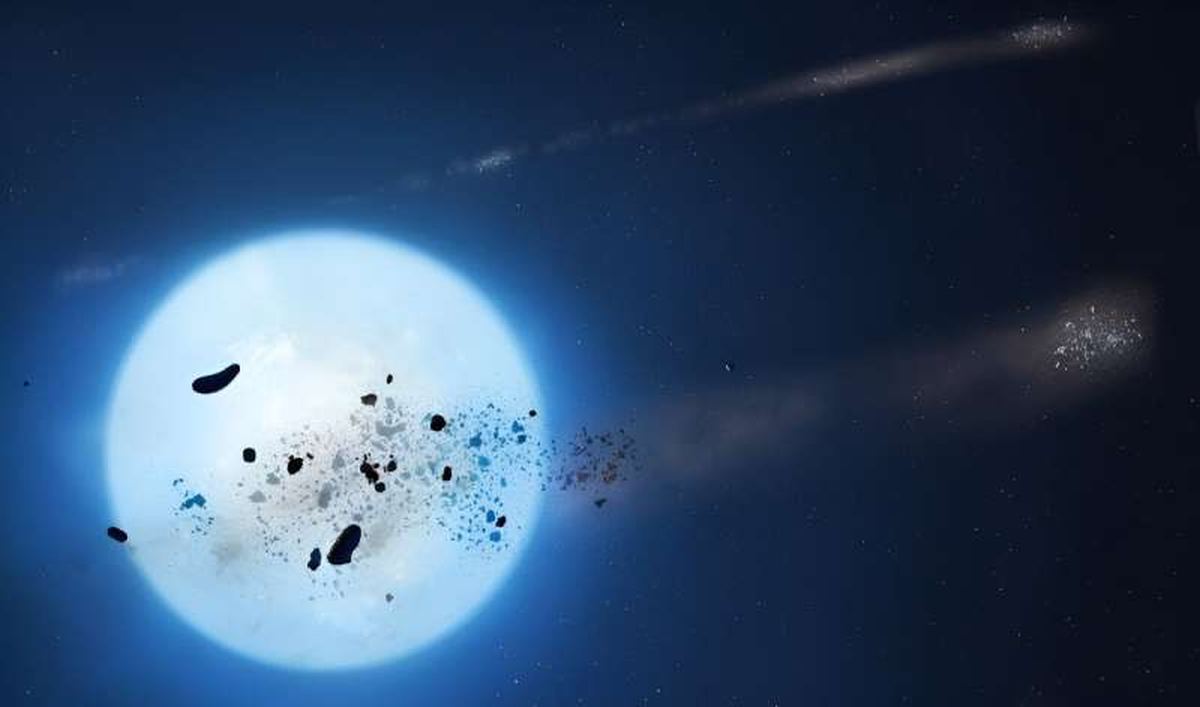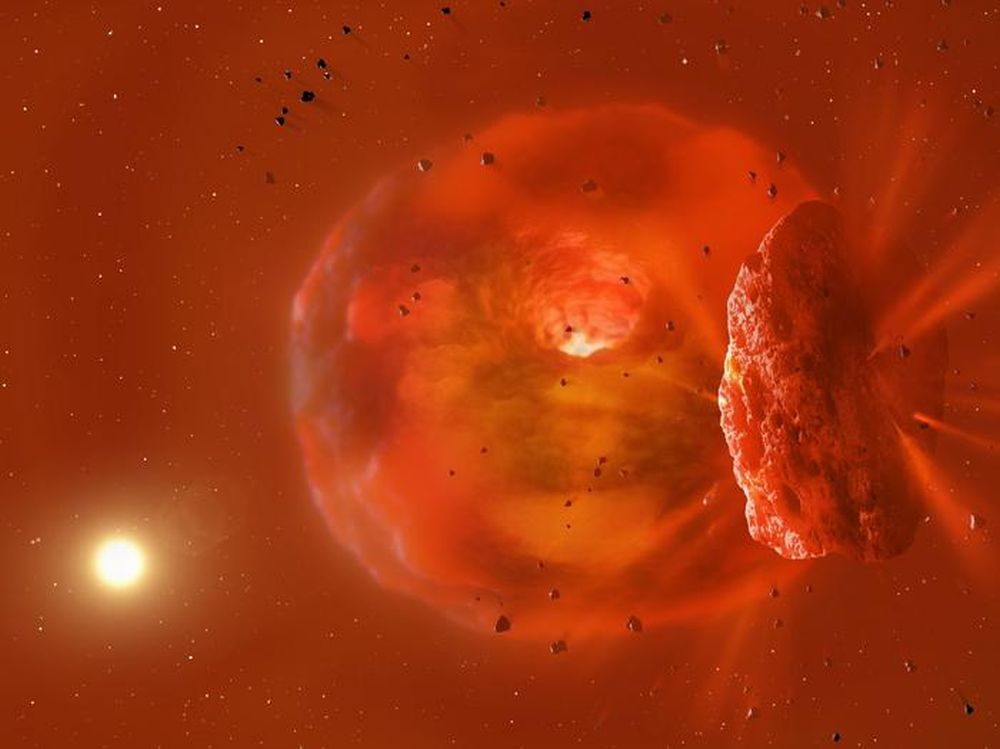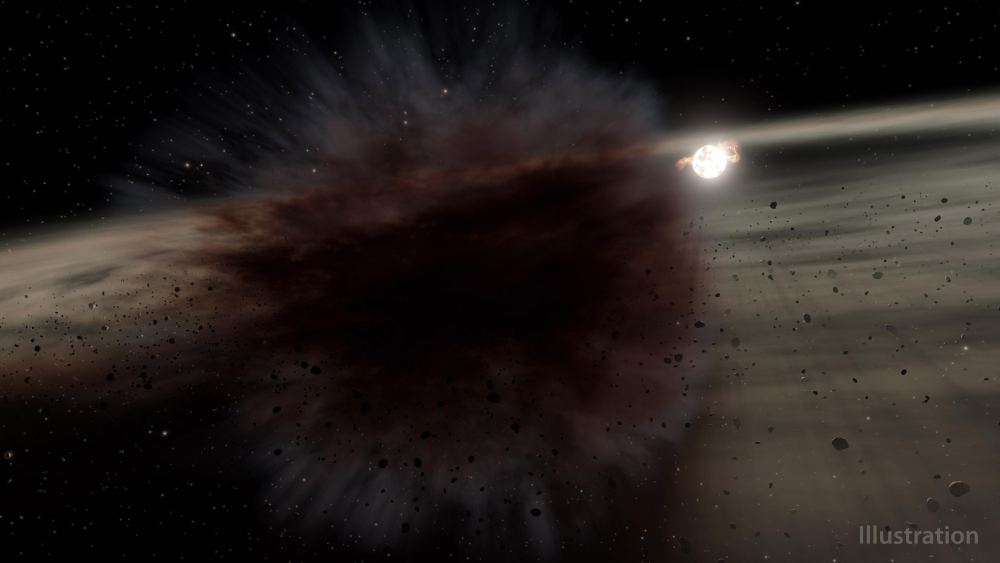In a couple billion years, our Sun will be unrecognizable. It will swell up and become a red giant, then shrink again and become a white dwarf. The inner planets aren’t expected to survive all the mayhem these transitions unleash, but what will happen to them? What will happen to the outer planets?
Continue reading “What Happens to Solar Systems When Stars Become White Dwarfs?”What Happens to Solar Systems When Stars Become White Dwarfs?




